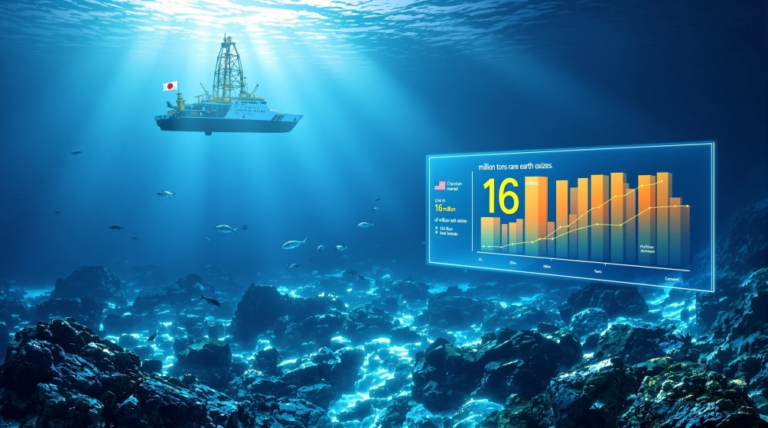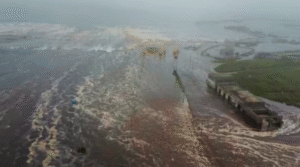An unexpected and severe tsunami has emerged in the Pacific Ocean region following a massive earthquake in Russia’s Far East. Experts warn that this situation could persist for more than 24 hours, raising concerns about ongoing danger. The severity of the tsunami largely depends on the earthquake’s strength and energy release.
The quake struck early Wednesday morning in the Kamchatka Peninsula, registering a magnitude of 8.8. Moments later, a 6.9 magnitude aftershock shook the area. The seismic activity triggered a huge wave that hit Japan’s northern island of Hokkaido with the force of a four-meter-high storm surge.
Currently, tsunami waves continue to lash the northern, eastern, and other coastal areas of Japan. While the waves have yet to exceed two to three feet, the situation remains precarious. Authorities warn that as the tide rises, the waves could escalate rapidly in height and intensity.
A spokesperson expressed concern over the ongoing threat, noting, “We are deeply worried about how dangerous this situation could become during the tide. If the tsunami’s impact remains prolonged, the waves’ size, height, and power could increase significantly.” Emergency teams continue to monitor the situation closely, urging residents along the coastlines to stay alert and prepared for potential further developments.












+ There are no comments
Add yours